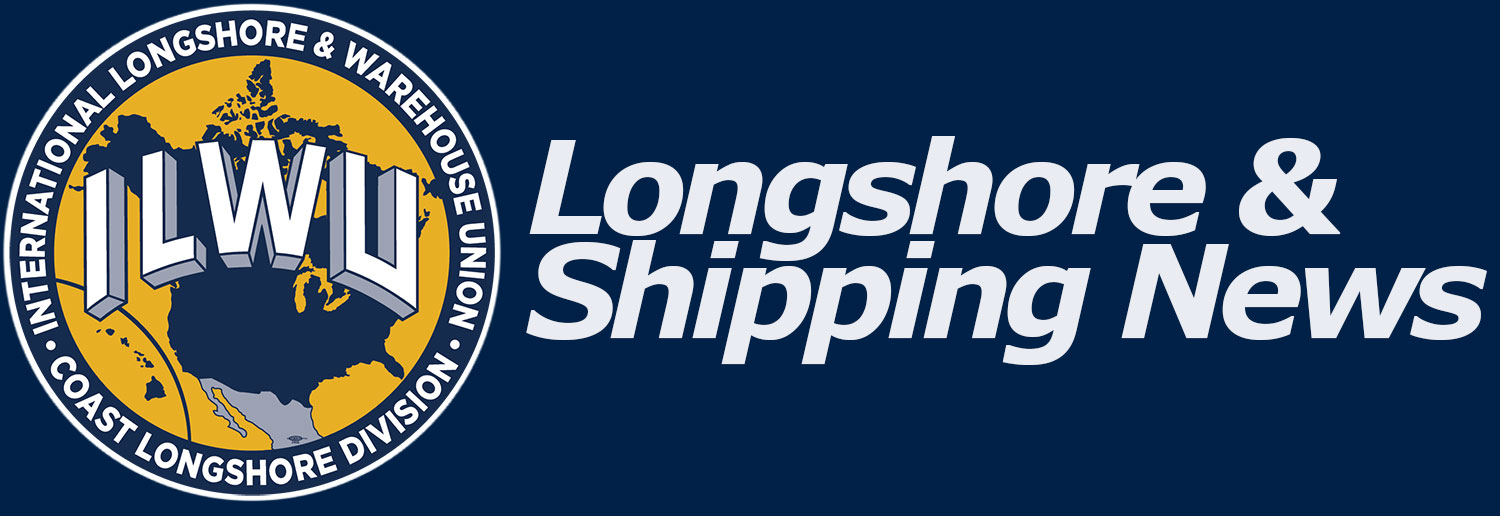June 2011: Container ship Deneb in Algeciras: A review after this incident found that 16 containers on the ship's load list had actual weights far in excess of the declared weights, by as much 6.7 times the declared weight.
The announcement comes as the IMO’s Dangerous Goods, Solid Cargoes and Containers (DSC) subcommittee, which is responsible for improving the safety of container stowage and ships operations, continues its efforts to construct a SOLAS requirement that loaded export containers have a verified weight prior to vessel loading. As instructed by the IMO’s Maritime Safety Committee (MSC), DSC will consider such a requirement at its next session in September 2012 (DSC 17).

This container narrowly missed crushing two MUA dockworkers in February 2011. It weighed seven times its declared weight and exceeded the crane's capacity.
“Weighing containers to confirm their actual weight is the right operational and safety practice. There is substantial experience with such a requirement in the United States demonstrating that this is feasible on a technological and commercial basis. It is time to make this a global safety practice and our association will assist its members in cooperating with terminal operators to develop a suitable and effective process,” said Dr. Geraldine Knatz, president of IAPH and executive director of the Port of Los Angeles.
“We very much welcome and appreciate IAPH’s support of this initiative. The tide is clearly running in support of this most important enhancement to maritime safety,” said Peter Hinchliffe, Secretary General of ICS.

Overloaded container in Melbourne, May 2011.
“Shippers today are legally obligated to provide accurate weights of containers after they have stuffed them with cargo, but there are many instances where their weight declarations are erroneous. An accident involving an incorrect container weight declaration can create potential liabilities for the shipper and others handling the container. Having verified weights of loaded containers will reduce errors and risk, and will eliminate the guesswork from the business for all parties involved,” said Christopher Koch, president of WSC.

A U.K. Marine Accident Investigation Branch report on the P&O NedLloyd Genoa incident in 2006 found that 'incorrect weight can result in stack overload and the application of excessive compression and racking forces on containers and their lashings.'
WSC, ICS, BIMCO, IAPH and other industry parties and interested governments will consult during 2012 about the development of recommended guidelines for how to implement the container weighing requirement.
The attached examples demonstrate the extent to which misdeclared container weights can exist in today’s shipping operations. This is a problem which can only be addressed through the requirement to verify the weight of all loaded containers prior to stowing aboard a ship.
For more information:
